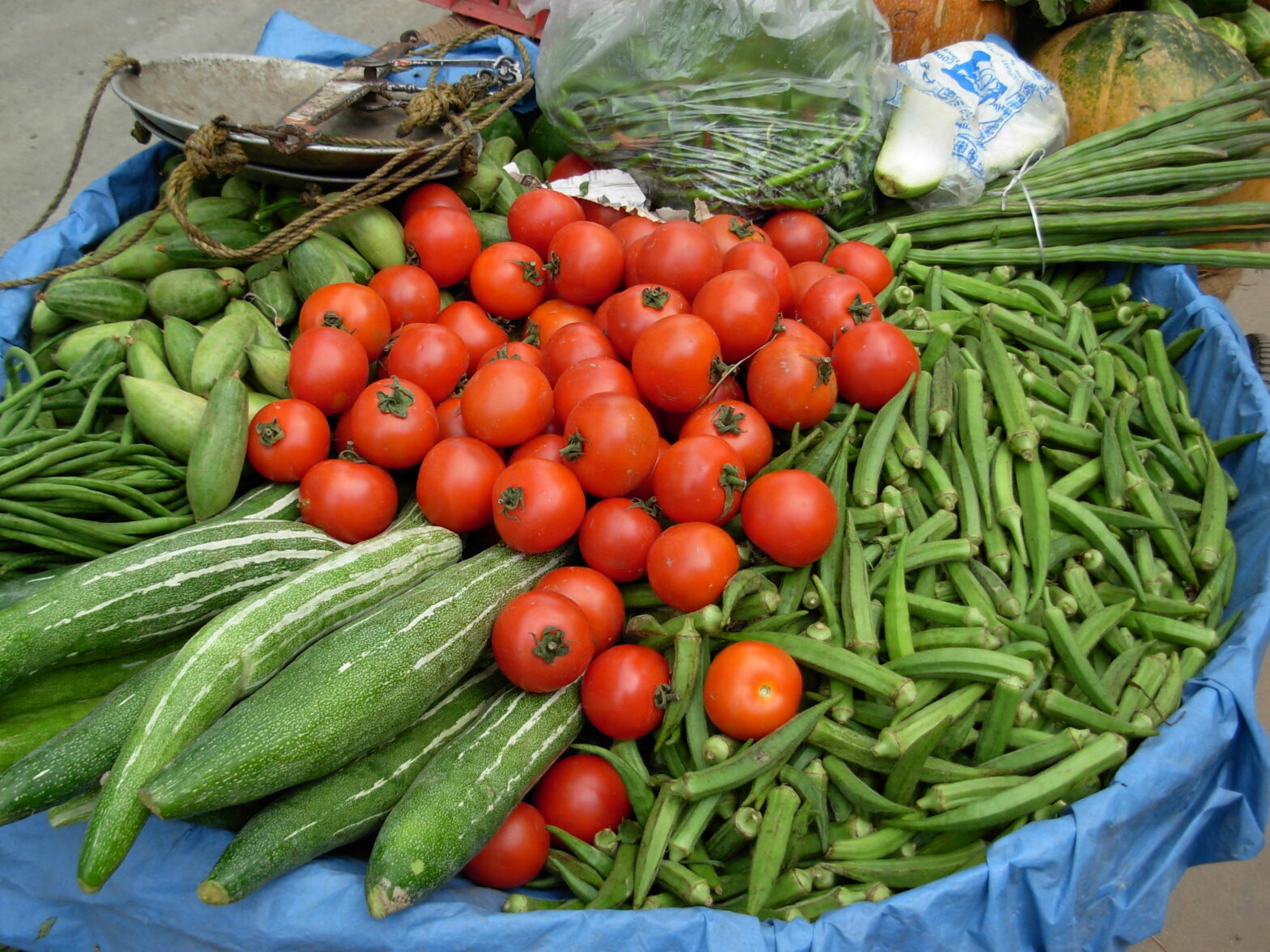Dietary Management for Diabetic Foot Ulcers
Diabetes, a chronic condition characterized by high blood sugar levels, can lead to serious complications, including diabetic foot ulcers. These ulcers occur when nerve damage and poor blood flow to the feet impair the body’s ability to heal wounds.
Why Dietary Management is Crucial for Diabetic Foot Ulcers
A well-balanced diet plays a pivotal role in managing diabetes and promoting wound healing. By controlling blood sugar levels and reducing inflammation, a healthy diet can significantly reduce the risk of developing foot ulcers and accelerate the healing process.
Recommended Dietary Guidelines for Diabetics
The American Diabetes Association (ADA) recommends a balanced diet that includes:
- Carbohydrates: Choose complex carbohydrates like whole grains, fruits with a low glycemic index, and vegetables. These foods are digested slowly, leading to a gradual rise in blood sugar levels.
- Protein: Lean protein sources, such as fish, poultry, beans, and tofu, are essential for tissue repair and muscle maintenance. Remember to include plant based proteins like lentils, chickpeas, and beans which are excellent sources of protein, fiber, and essential nutrients. Nuts and seeds, such as almonds, chia seeds, and hemp seeds, are packed with protein, healthy fats, and antioxidants. Additionally, whole grains like quinoa and oats provide a good amount of protein and complex carbohydrates.
- Healthy Fats: Incorporate healthy fats like olive oil, avocados, and nuts into your diet.
- Limit Processed Foods and Sugary Drinks: These foods can spike blood sugar levels and contribute to weight gain.
How Diet Impacts Glucose Control
The glycemic index (GI) and glycemic load (GL) of foods can significantly impact blood sugar levels. Low-GI foods, such as whole grains, legumes, and non-starchy vegetables, are digested slowly, leading to a gradual rise in blood sugar.
High-GI foods, like white bread and sugary drinks, are rapidly digested, causing a spike in blood sugar levels.
Research Supporting Dietary Intervention for Diabetic Foot Ulcers
- Glycemic Control and Wound Healing: Numerous studies have demonstrated that strict glycemic control is essential for optimal wound healing in diabetic patients. A well-balanced diet can help achieve and maintain stable blood sugar levels.
- Antioxidant-Rich Diet: Research suggests that a diet rich in antioxidants, such as fruits, vegetables, and nuts, can reduce oxidative stress and inflammation, both of which can impair wound healing.
- Protein Intake and Wound Healing: Adequate protein intake is crucial for tissue repair. Studies have shown that protein supplementation can improve wound healing rates in diabetic patients.
Food Sources and Nutrients For Diabetic Foot Ulcers
- Carbohydrates: Whole grains (brown rice, quinoa, whole-wheat bread), fruits (berries, apples, pears), vegetables (broccoli, spinach, carrots)
- Protein: Lean meats (chicken, fish), legumes (beans, lentils), tofu, eggs, nuts, seeds
- Healthy Fats: Olive oil, avocados, nuts, seeds
- Vitamins and Minerals: Vitamin C, zinc, vitamin D, omega-3 fatty acids
A 24-Hour Meal Plan for Diabetics
Breakfast:
- Oatmeal with berries and nuts
- Greek yogurt with honey and nuts
Lunch:
- Grilled chicken salad with mixed greens and a vinaigrette dressing
- Whole-grain bread with hummus and vegetables
Dinner:
- Salmon with roasted vegetables (broccoli, carrots, zucchini)
- Brown rice or quinoa
Snacks:
- Fruits (apples, bananas, berries)
- Vegetables (carrots, celery) with hummus
- Nuts and seeds
- Greek yogurt
Remember, this is a general meal plan, and individual needs may vary. It’s essential to consult with a healthcare professional or registered dietitian to create a personalized meal plan that meets your specific dietary needs and helps manage your diabetes effectively. Sources and related content
